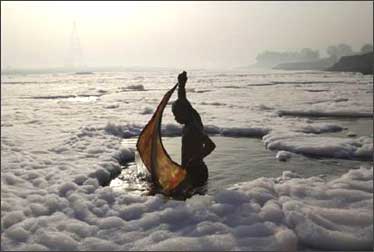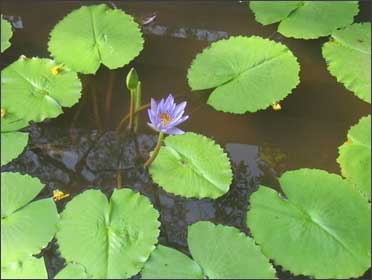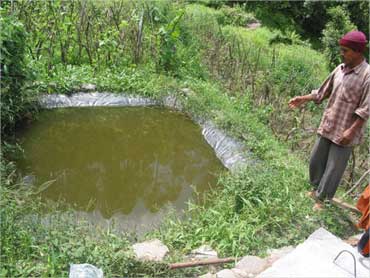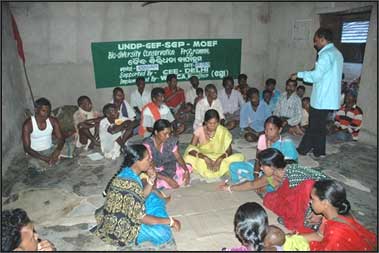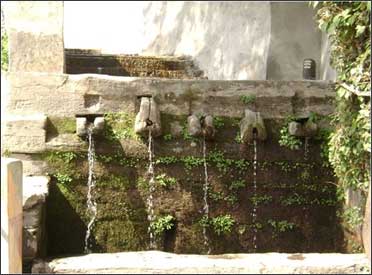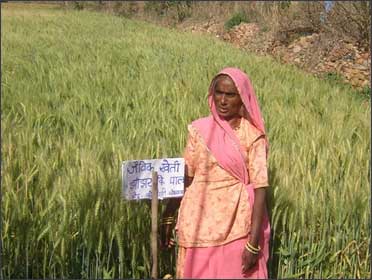 | « Back to article | Print this article |
High GDP growth? Save water
For villages in Sambalpur, revisiting old ponds has meant a return to prosperity.
The legacy of progress in time has been faster transportation, better communication, taller buildings and lots of energy. And, all this is paralleled by dirtier and scantier water around.
The river Yamuna flows clean and sparkling even now in the memory of people who saw it four decades ago and are still alive.
In other states, ponds were still a part of life. Women and men, with children in tow, walked to the ponds for their daily bath and to wash clothes -- that was three to four decades ago.
Click NEXT to read on
High GDP growth? Save water
Take the case of the Gond kings in the Gondwana area that comprises parts of Orissa, Chattisgarh, Uttar Pradesh and Madhya Pradesh.
They were active promoters of surface water harvesting bodies. They gave rewards to villages with the best ponds, as the kings' prosperity was dependent on agriculture.
Click NEXT to read on
High GDP growth? Save water
Some students and the youth in Sambalpur started a drive 10 years ago. Today, it's being spread all over Orissa in a bid to revive some of the water harvesting methods of their ancestors.
Some students in Orissa's Sambalpur formed an organisation called MASS and began an effort to revisit some of the traditional ponds dug by their ancestors.
Click NEXT to read on
High GDP growth? Save water
These were restored using traditional engineering skills, with funds collected through donations.
One of the people who guided the youth to the pain gharas was Mahadeo Bhui, a farmer in Padia Badmal village in the Juju Mura block in Sambalpur.
The trigger for his concern was poor rains in the area, which had been known for rich agricultural yields and rains in the past.
Click NEXT to read on
High GDP growth? Save water
Mahadeo talked about structures built earlier, which were dilapidated and silted. That was a decade ago. Panda and his team got cracking as only young people rather than bored government officers would.
They collected money and drew on popular knowledge and skills to draw a design for these structures. They were soon rebuilding old ones and making new ones at a very low cost.
Click NEXT to read on
High GDP growth? Save water
Farming was revived in 80 acres which were earlier as good as a desert. Panda has now formed a network of water harvesters to replicate the effort with other likeminded NGOs.
In Kharamal village on the foothills of the Gandamardhan in Bargad district, people were migrating three years ago. The villagers were motivated to revive the pain ghara there.Click NEXT to read on
High GDP growth? Save water
What stares at these activists now is a chain of 58,000-Mw thermal plants coming up. A 400-Mw plant is causing enough water shortage in Jharsuguda and local temperatures are shooting up, says Panda.
"We have to double our efforts to face the impact of these plants, which will take up water and create a shortage for the fields," he says.Unless water and food are accounted for in GDP, double-digit figures would still mean deprivation.
